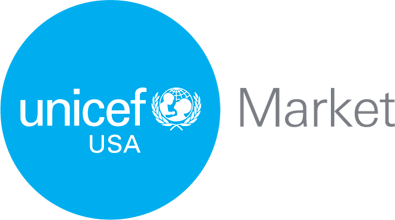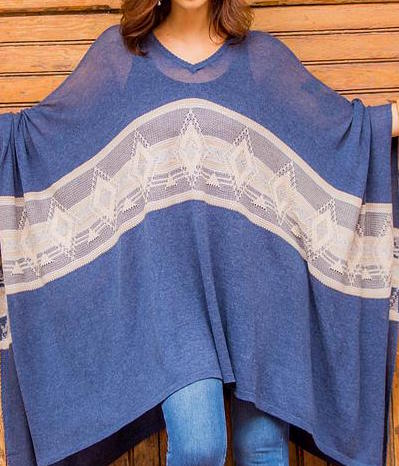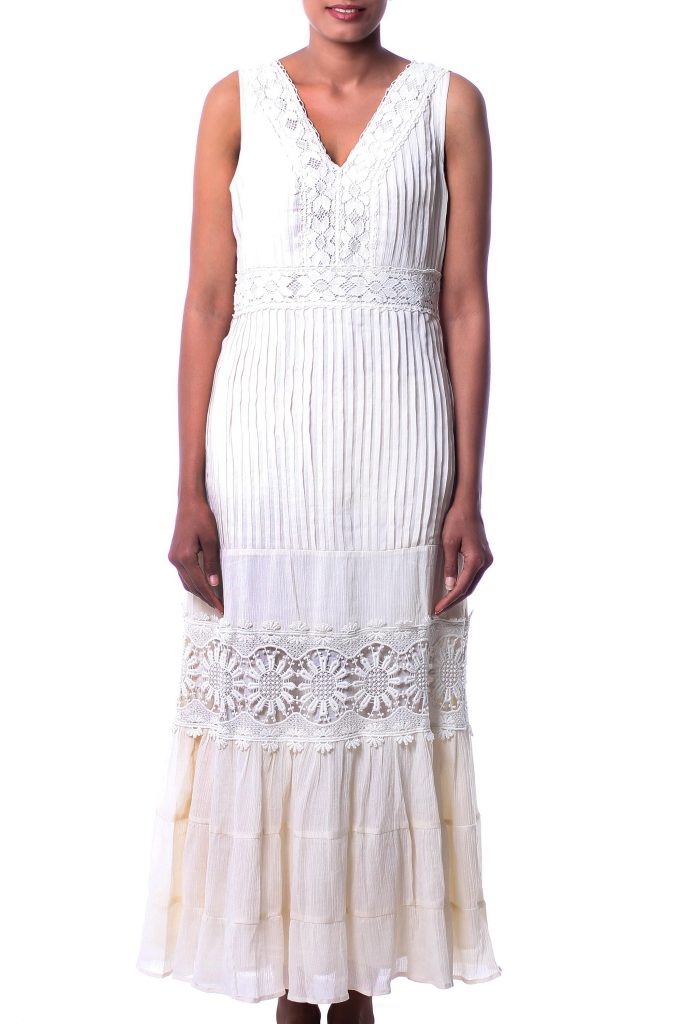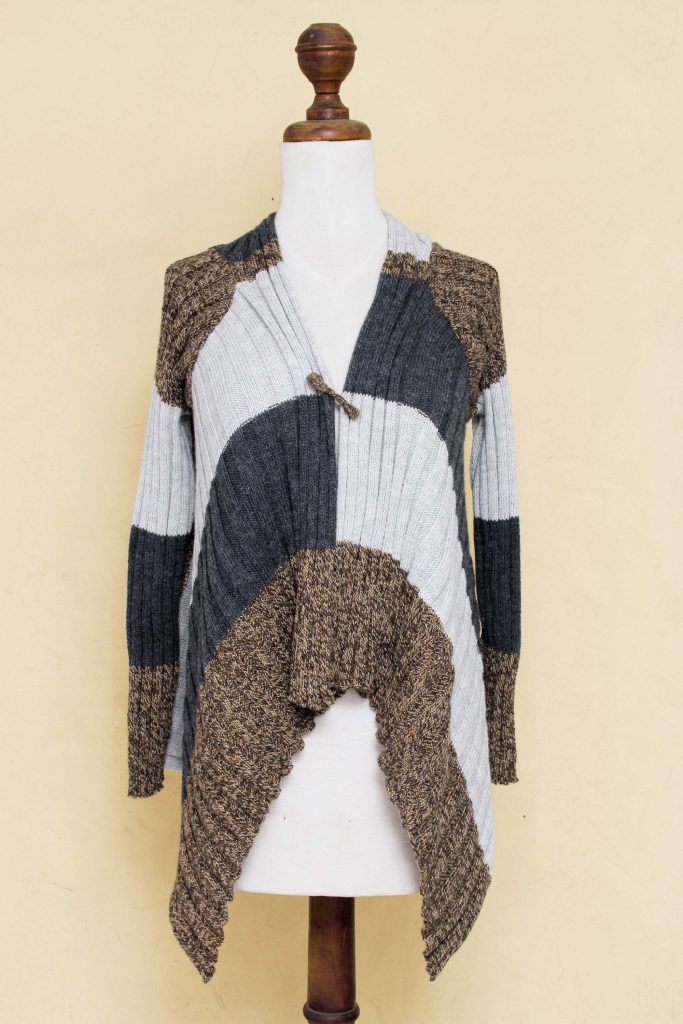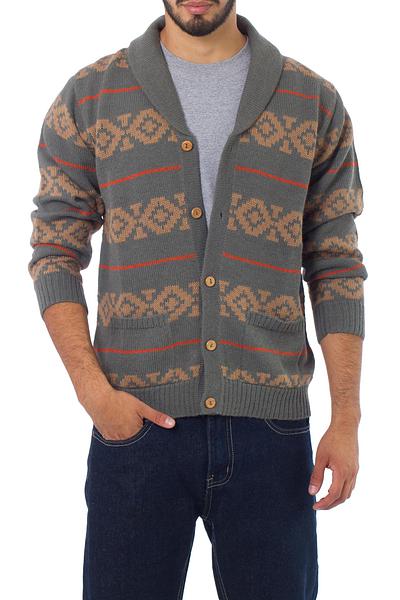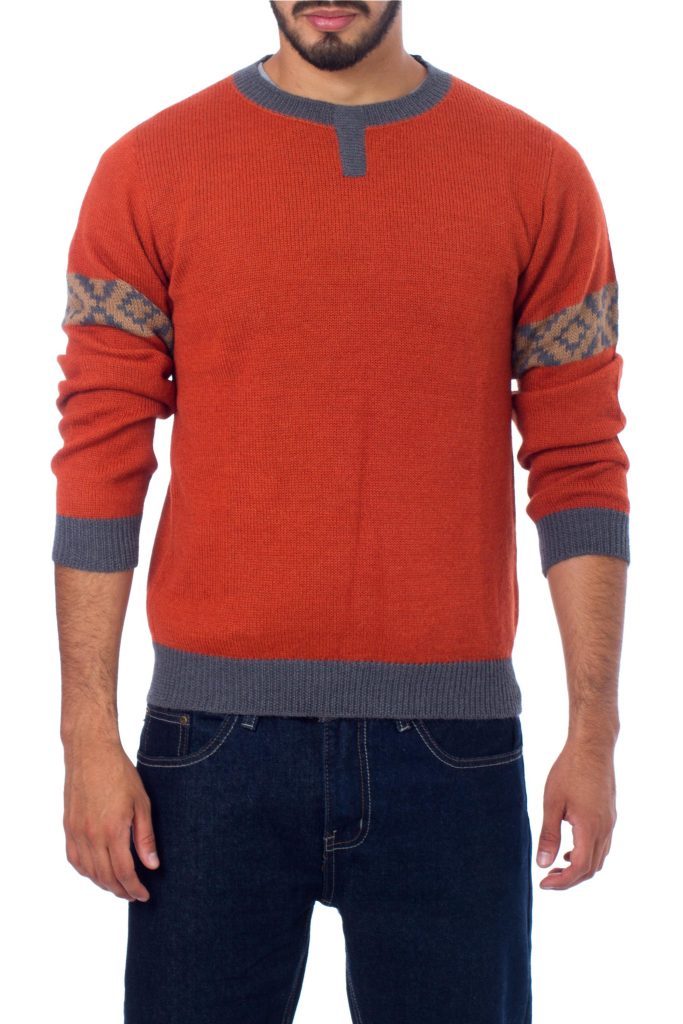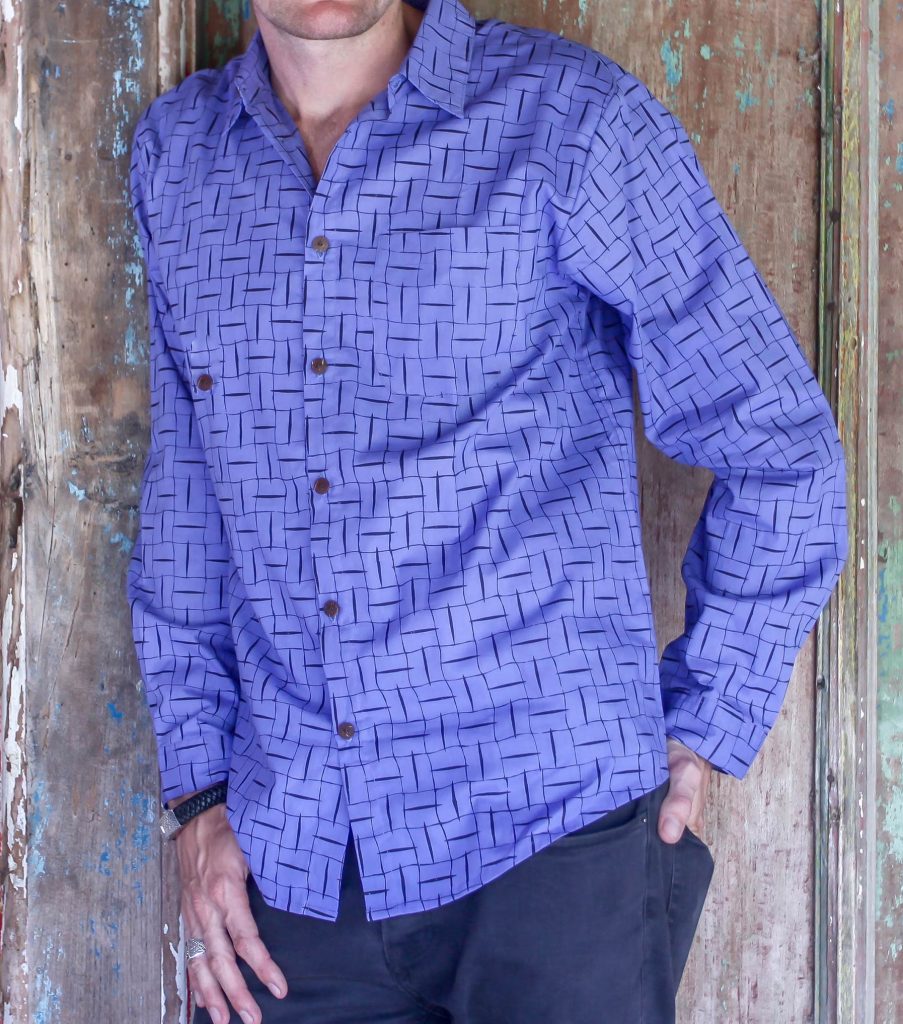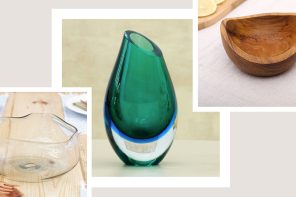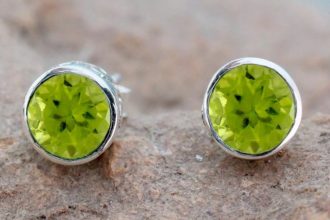In today’s competitive business world, rock-bottom prices seem like a win-win. Catering to consumers who like to get the biggest bang for the buck helps companies grab market share and improve their bottom line.
The only problem is the world’s most vulnerable are often the ones who pay a heavy price: farmers, workers, fishermen, garment-makers and craftspeople who produce the goods.
At UNICEF Market, we believe that is an unfair trade-off. That’s why we are proud to be part of the Fair Trade movement. We are committed to doing our part to help improve conditions for vulnerable producers around the world by bringing you beautiful products and gifts that give back.
Fair Trade & Ethical Fashion: An Explanation
Fair Trade refers to the honest treatment of producers in developing countries. Many of the products we consume every day, such as coffee, clothing and food are exported from countries in Asia, Africa and South America. Demand for these items has lead to large corporations using questionable practices to source these goods. Fair Trade companies, and similar organizations, ensure that the people who are growing, making and selling these goods are not taken advantage of.
Ethical fashion focuses on fair working conditions for clothing manufacturers in particular. Recently, the demand for fast fashion has exploded, so manufacturers must churn out high volumes to keep up. This almost always leads to unsafe working conditions in factories, not to mention employees being overworked and underpaid. Only brands who can prove that they adhere to fair trade guidelines can be considered ‘Ethical’ brands.
Which Problems is Ethical Fashion Trying to Solve?
In a broad sense, ethical fashion and clothing empowers workers by giving them fair rights and treatment. But the impact goes much deeper. High demand for clothing, which is made in developing countries, leads to poor and unsafe working conditions, unfair compensation and unsustainable manufacturing processes. Ethical fashion brands work with the manufacturers to eliminate these issues. They ensure that workers receive fair wages and comfortable working conditions, including sufficient breaks.
In addition to this, manufacturing processes in developing countries are often harmful to the surrounding communities and the environment. Bangladesh has suffered two major incidents in garment factories, including a collapsed building in 2013 and a fire in 2016. Ethical brands work with the owners of these operations to develop safe and sustainable practices.
How Do You Know If a Product is Ethical?
To be sure that a product is ethical, the best practice is to find a trustworthy source. Any charitable organization, such as UNICEF, who sells products by local artisans is a safe bet. Otherwise, look out for ‘Fair Trade’ logos on company websites; these companies have been certified as meeting all the necessary criteria to be deemed ethical.
The absence of a ‘Fair Trade’ certification doesn’t mean that a company is not ethical but it will require more research without it. If a company claims to be ethical but they haven’t been certified, check out their policies. Google the companies that they work with to see if there have been any controversies surrounding the brand. Even reach out to them and ask why they consider themselves to be ethical.
What Makes UNICEF Market Products Ethical?
UNICEF Market artisans design and make their own products, often by hand or using methods that don’t threaten the environment. They set their own prices and are fairly compensated for their work, with some of the proceeds going back to UNICEF. The artisans work for themselves; they can set their own pace, they control the conditions under which they produce their hand-crafts and make their own schedules.
Not only are the artisans fairly treated and compensated, but they have total creative freedom and a platform to showcase their culture and traditions with the rest of the world. Workers in developing countries mostly work for manufacturers of Western fashion brands and don’t get the chance to share the cultural history of their community.
Here are just a few of the stylish and ethical fair trade fashion pieces on sale at UNICEF Market:
Wearing a beautiful, comfortable robe is an easy way to make your everyday routines feel a little more luxurious. This robe was created by an artisan in Bali, Saktut Raitawati, who works on a team of mostly women and uses primarily eco-friendly dyes in her products.
Balinese Hand Stamped Batik on Short Rayon Robe in Red, $59.99
This flowy cotton and lace dress can easily be dressed up or down depending on the occasion. The designer, Neha Sharma, learned the art of designing clothes from her parents in India. She sources fabrics from all over the country and uses only azo-free dyes in her work.
Lace Trim Long Ecru Cotton Dress, $105.49
This cozy sweater can be worn in several different ways, but no matter how you wear it, you’ll love both the soft fabric and the modern aesthetic. It’s made from a blend that’s 50% alpaca, which is commonly used to make clothing in Peru.
Brown and Grey Alpaca Blend Open Front Cardigan Sweater, $129.99
This cozy sweater can be worn in several different ways, but no matter how you wear it, you’ll love both the soft fabric and the modern aesthetic. It’s made from a blend that’s 50% alpaca, which is commonly used to make clothing in Peru.
Gray Men’s Alpaca Cardigan from Peru, $126.99
This cozy sweater can be worn in several different ways, but no matter how you wear it, you’ll love both the soft fabric and the modern aesthetic. It’s made from a blend that’s 50% alpaca, which is commonly used to make clothing in Peru.
Orange Alpaca Pullover Sweater for Men, $123.49
This elegant men’s button-down is made of 100% hand-stamped cotton. The cut is classic, but it’s balanced by a funky, unique pattern. The Balinese designer, Ketut Suwitra, uses his design skills to create wearable art – and that’s exactly what this shirt is.
